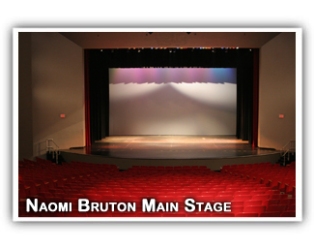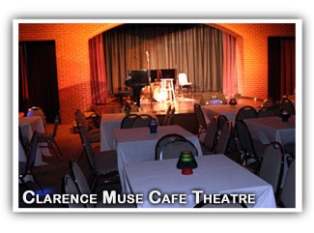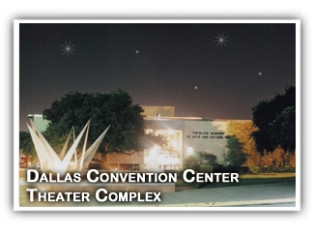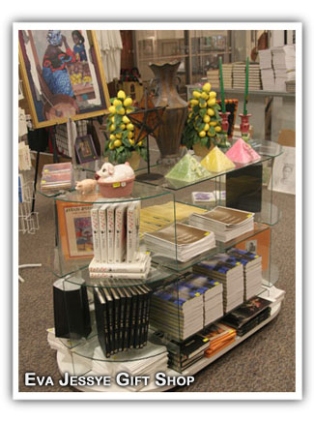The Black Academy of Arts and Letters, Inc. is a Dallas-based multi-disciplined cultural arts institution. The ‘cultural icon’ of the Dallas/Fort Worth area, TBAAL presents and produces exciting cultural arts programs annually in dance, theatre, music, literary, fine, and visual arts. Local and emerging artists participate in TBAAL programs, and noted artists and celebrities have participated such as: Oleta Adams, Debbie Allen, Maya Angelou, Roy Ayers, Akin Babatunde, Obba Babatunde, Erykah Badu, Romare Bearden, The Barrett Sisters, Angela Bofill, Avery Brooks, Cab Calloway, Bill Cosby, Ruby Dee, Ossie Davis*, Mari Evans, Antonio Fargas, Kim Fields, Lou Gossett, William Greaves, Alex Haley, Irma P. Hall, Tramaine Hawkins, Jennifer Holliday, Linda Hopkins, Kim Jordan, Ella Joyce, Eartha Kitt, Dr. C. Eric Lincoln, Les McCann, Barbara McNair, Garrett Morris, Roger Mosley, Tyler Perry, Florence Quivar, Phylicia Rashad, Dan Rather, Esther Rolle, Sonia Sanchez, Karen Clark-Sheard, KiKi Shephard, Carole Simpson, Mavis Staples, Glenn Turman, Cicely Tyson, Albertina Walker, Margaret Walker*, Dionne Warwick, Lillias White, Hal Williams, Nancy Wilson, Vickie Winans, and many more.
As of the printing of this document, TBAAL receives 17% of its funding from the City of Dallas Office of Cultural Affairs and modest grants from the National Endowment for the Arts and the Texas Commission on the Arts. Approximately 83% of the organization’s funding is generated from other earned income such as admission fees, memberships, and other contributions. Securing underwriting for such a rich array of cultural programs is among TBAAL’s top priorities.




